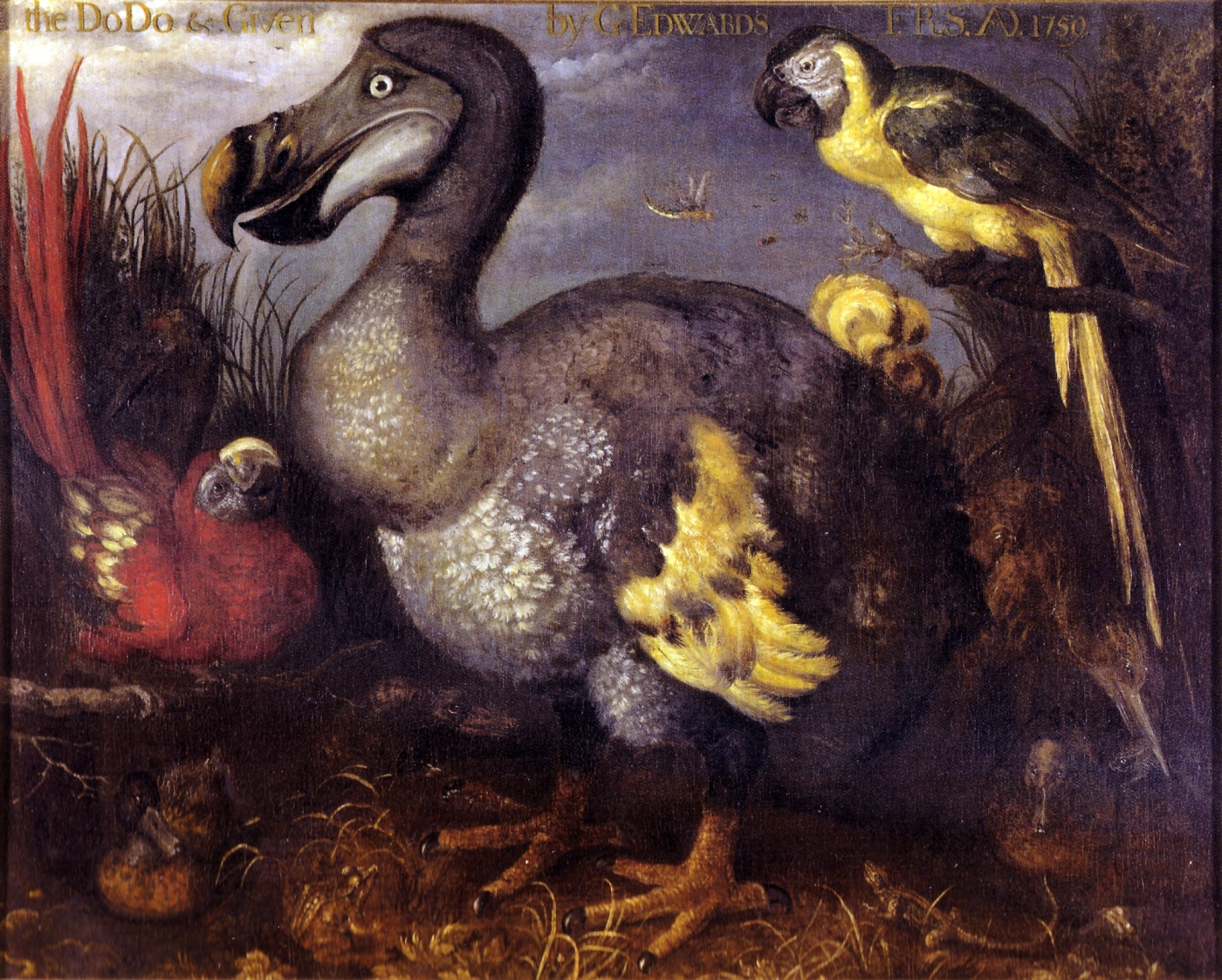A recent trip to Mauritius, land of the dodo, reminded me of island birds’ special place in the panoply of bird diversity. It was also a stark reminder of how vulnerable island birds are to human threats, including climate change.
Hothouses of evolution
Like mini laboratories for evolutionary experiments, oceanic islands are where nature tries on unorthodox avian strategies. Take gigantism, which produced the oversize pigeon that was the dodo, and Madagascar’s elephant birds, the largest of their time. Or take flightlessness, another feature of these giants, but also of the Reunion Solitaire and Mauritius Red Rail.

Sadly none of these avian wonders are with us today. If you get the impression island birds are extinction prone, you’re right. The majority (88%) of all 150 documented bird extinctions since 1500 are island species.
But it’s become clear these losses are only the tip of the iceberg. Scientists sifting through island fossil records estimate that 1,300 birds went extinct at the hands of ancient seafarers who spread across the Pacific between 3,500 and 700 years ago. That’s more than 10% of all bird species.
Humans, once they set foot on islands, hunt and eat birds, including the Dodo, which wound up in cooking pots of Dutch sailors. Cats, rats, dogs and other pests travel with humans. Because many island birds evolved without land-based predators, they quickly succumb. Illustrating this ecological naiveté, accounts from sailors who captured dodos say their distress cries caused other dodos to come running to help, making them easy prey. If vulnerable island birds don’t succumb to predators, habitat loss, disease and pollution may deliver the final coup de grace.
Climate change brings new threats
Birds of islands, especially small islands, face new threats from climate change. If conditions become too hot or dry for birds or species they depend on, birds will simply run out of suitable “climate space”.
Warming will also step up invasions of exotic species, where colder conditions formerly discouraged them, and some invaders will bring new diseases. In Hawaii, introduced avian malaria spread by mosquitoes already took a huge toll on the islands’ rare and endangered honeycreepers. (Like Darwin’s famed Galapagos finches, honeycreepers are products of adaptive radiation; single founder species diversified over time into many species to fill different island niches.) But as the climate warms, Hawaii’s malaria disease line is spreading up mountain flanks, into bird refuges formerly too cool for the disease parasite.
Sea level rise, along with more extreme weather, will cause coastal flooding and inundate coastal wetlands of small islands. More intense cyclones could devastate islands’ tropical forests, many of them small in extent and already degraded by humans. Mauritius, where only 2% of natural forest remains, is a case in point.
Conservation efforts must step up
The Dodo of Mauritius is the ultimate symbol of the finality of extinction. But this island is also home to remarkable conservation success stories. Intensive efforts snatched the Echo Parakeet, Pink Pigeon, and the Mauritius Kestrel back from the jaws of extinction. Populations of 10 or fewer birds have been carefully built up to hundreds of individuals each today.
Going forward, to conserve their birds, many with inherently small ranges and populations, islands must expand protected areas. This includes identifying, putting aside, and restoring habitat where species will be buffered from change, such as shaded valleys, cool gorges, or higher mountain slopes. On Maui, conservationists are planting seedlings to build up a great and diverse forest “ark” where threatened honeycreepers and other birds can ride out these changes.
Reducing other human threats, including invasive species, disease and pollution will also be important as climate change ramps up.

Leave a comment